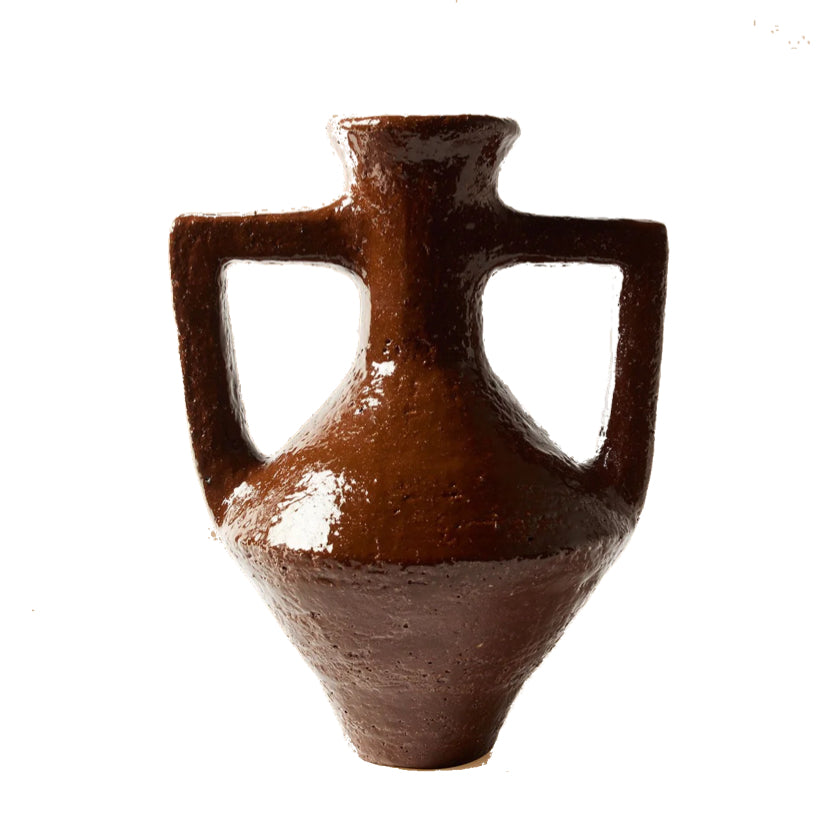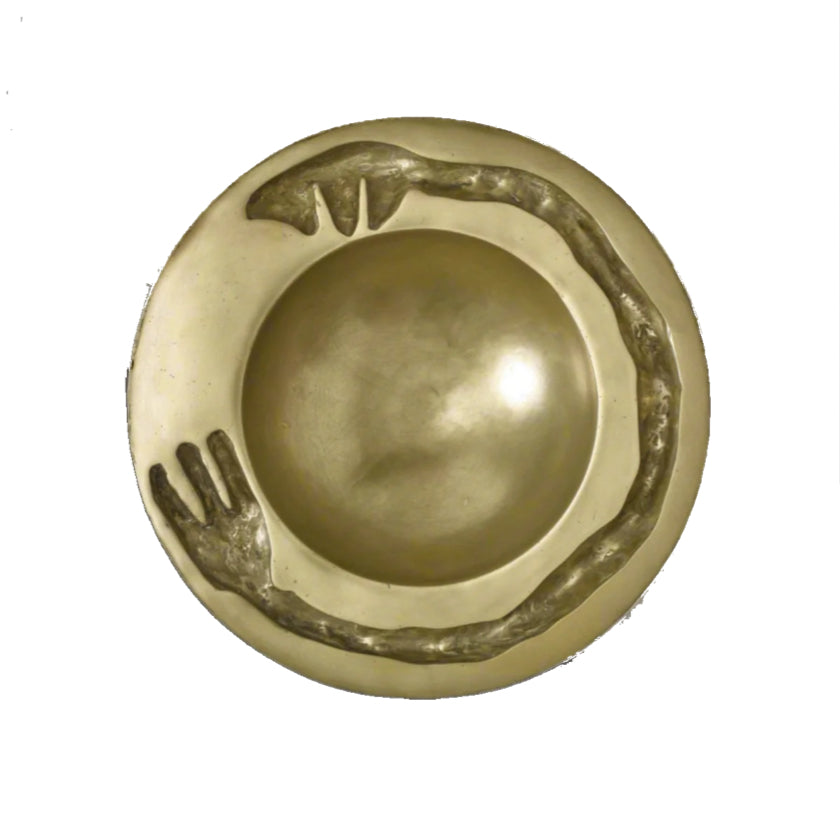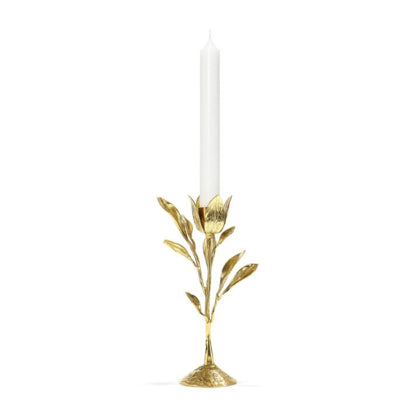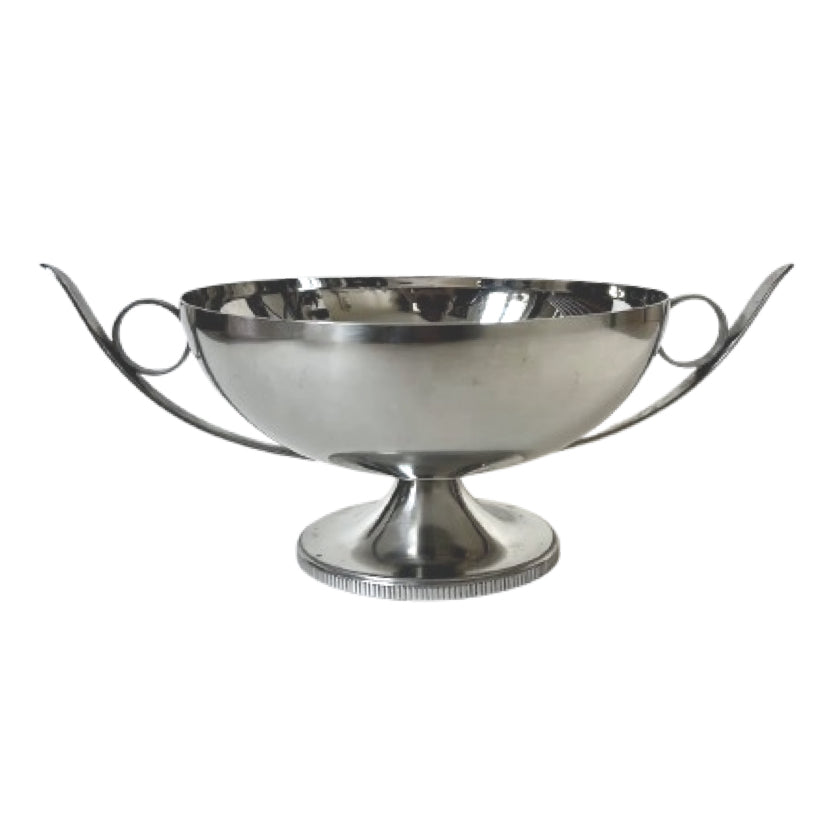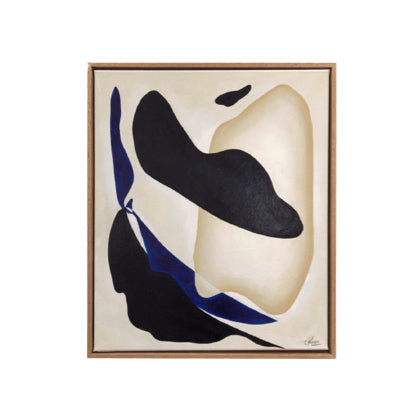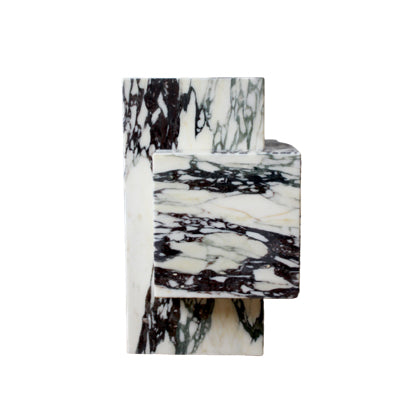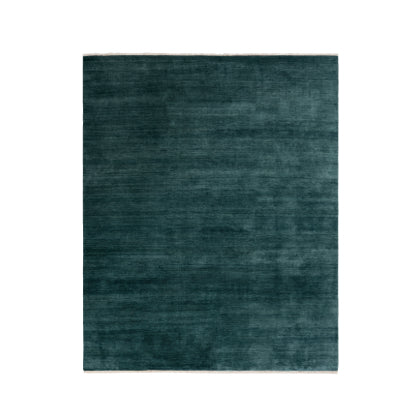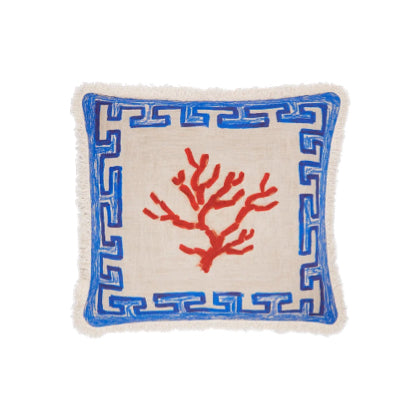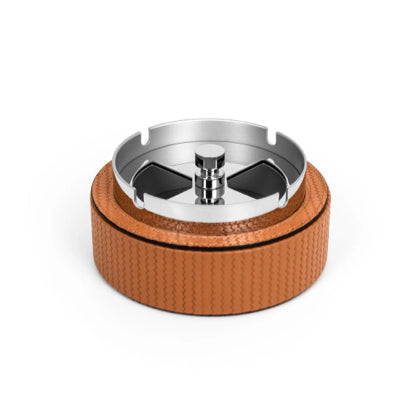Contemporary ceramic artists
Understanding the Philosophy Behind Contemporary Ceramic Artists
By focusing on the fusion of aesthetics and philosophy, this collection brings forth a diverse array of pieces that resonate with both the heart and mind, including various forms of sculpture that challenge traditional boundaries.
Each artwork is a testament to the unique voice of the artist, showcasing their individual approaches to form, texture, and color. Many contemporary ceramic artists utilize experimental techniques, merging various materials to produce striking sculptures that captivate the eye. The tactile nature of ceramics allows for an intimate relationship between the artist and their audience, encouraging a sensory appreciation of the work. By focusing on the fusion of aesthetics and philosophy, this collection brings forth a diverse array of pieces that resonate with both the heart and mind.
Curating this collection also means celebrating the stories behind each piece. Every artist's journey is reflected in their work, from the inspiration drawn from nature to the cultural significance embedded within their creations. This approach not only honors their craftsmanship but also elevates the dialogue surrounding contemporary ceramics. By showcasing these diverse narratives, we invite art lovers to connect with the broader conversations that these ceramic artists engage with, making the collection not just a display of artwork, but a vibrant tapestry of modern artistic expression.
Ceramic sculpture is a fascinating blend of artistry and craftsmanship that has evolved significantly throughout history. Artists utilize clay not merely as a medium for functional pottery but as a canvas for expressing complex ideas, emotions, and narratives. The tactile nature of clay allows for a hands-on approach that many artists find deeply satisfying, bringing a unique dimension to their work. The techniques used range from traditional hand-building and wheel-throwing to contemporary methods that incorporate technology and mixed media. Each piece tells a story, revealing the artist's intent, cultural background, and personal experiences through form and texture.
The cultural significance of ceramic sculpture cannot be overstated. Throughout various civilizations, pottery has served not only practical purposes but also as a means of artistic expression and cultural identity. From the intricate designs of ancient cultures to modern minimalist forms, ceramic sculptures reflect the zeitgeist of their times. Today, artists continue to push boundaries, challenging the conventional definitions of sculpture and pottery. This evolution speaks to a broader dialogue about art, society, and the role of craftsmanship in a fast-paced, technology-driven world. Each sculpture stands as a testament to the rich heritage of ceramics while inviting viewers to ponder the intersection of tradition and innovation.
When showcasing ceramic pieces, consider the interplay of color, texture, and form in your space. Artwork made from clay can vary significantly in style and finish, so it's essential to curate a display that highlights these features. For instance, group pieces with similar colors together to create a cohesive look, or mix different styles for a more eclectic feel. Use shelving, pedestals, or wall-mounted displays to elevate the artwork, allowing it to stand out and become a focal point in the room.
Lighting plays a vital role in how ceramic artwork is perceived. Soft, ambient lighting can enhance the natural beauty of each piece, emphasizing the nuances in glaze and shape. Additionally, consider placing your artwork in areas where it can be appreciated from multiple angles, such as near a window or in a well-lit hallway. This not only showcases the craftsmanship but also invites viewers to engage with the sculpture more intimately, appreciating the details that make each piece unique.

